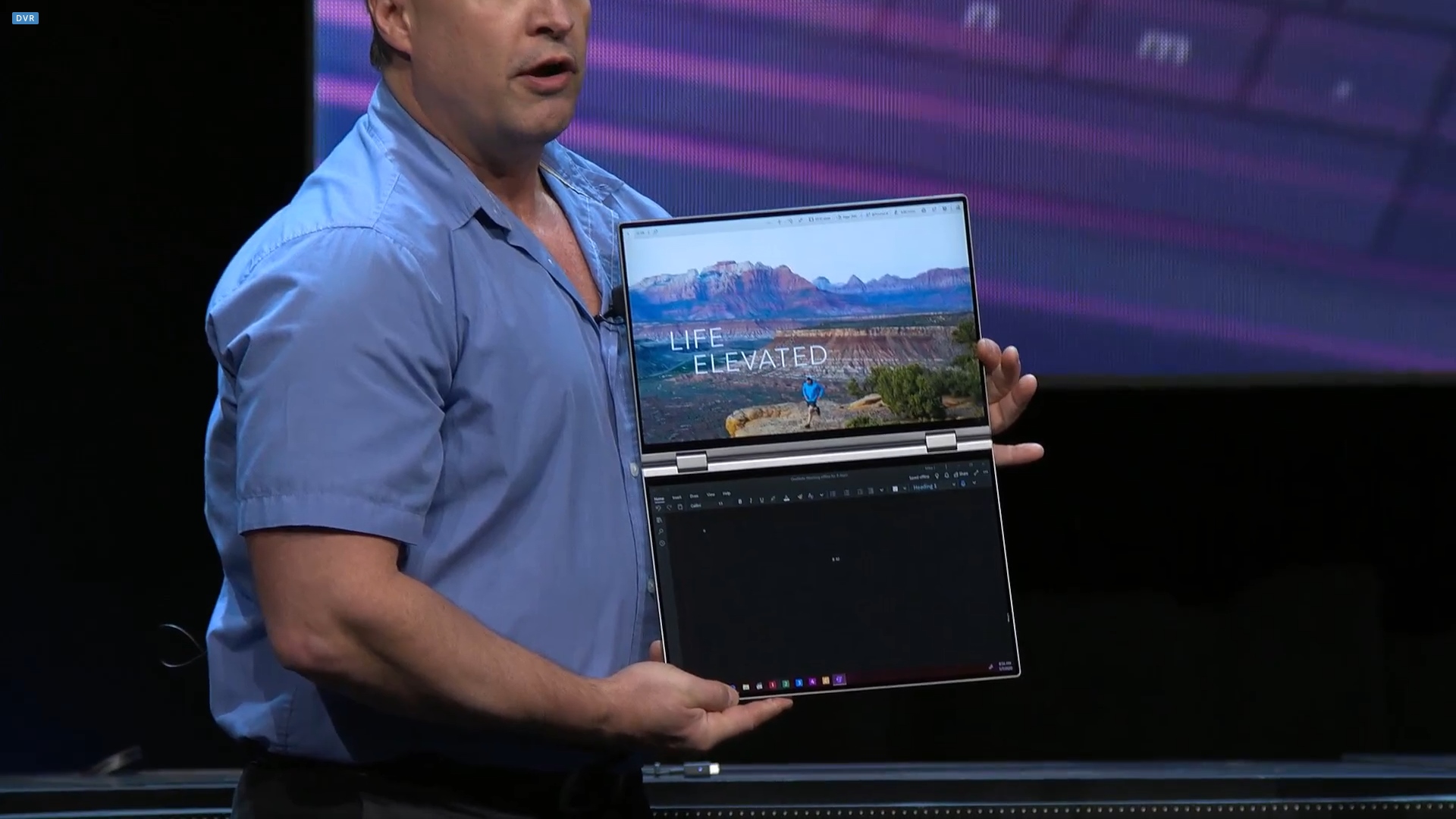Intel admits it won't catch up with AMD 7nm until 2021
Let alone beat it

It's no secret that Intel has been having a rough time keeping up with rivals AMD when it comes to the best processors, as Team Red moves to 7nm and beyond. And it might be quite a while until Intel can truly catch up.
As reported by Tom's Hardware, Intel CFO George Davis gave a presentation at the Morgan Stanley conference, where he asserted that Team Blue wouldn't reach process parity with competitors until it produces the 7nm node at the tail end of 2021.
Now, we know that Intel has been having some trouble shrinking its manufacturing process down, but Davis further demonstrated how far out it would be when he said that Intel wouldn't take the lead from AMD until it jumped to 5nm sometime in the future.
- Here are the best graphics cards
- Check out the best gaming PC
- We'll show you how to build a PC
This is likely distressing news to anyone holding out hope that Intel would absolutely smash the competition in 2020, or anyone hoping that 10nm desktop would be the holy grail. Word on the street is that whenever Comet Lake-S desktop chips make it to the street, they'll be based on that ageing 14nm process, which would make sense given this timeline.
However, Davis also says something during his presentation that would help explain why this isn't as bad an option as it may seem. He states that the 10nm manufacturing process behind microarchitectures like Ice Lake won't exactly go down in history as one of the best CPU architectures ever, as Intel has had to cut clock speeds pretty significantly – which is one of the reasons why you'll find a good deal of laptops using 10th-generation Comet Lake, rather than the 10nm Ice Lake.
It's still going to be interesting to see what CPUs Intel will push out over the next couple of years while we're waiting for Team Blue to gain parity with AMD. If Intel can keep pushing its clock speeds higher, it's possible that it could maintain its niche within PC gaming while it plays catch up with AMD's smaller manufacturing process.
Until then...
Right now it's looking like Intel will unleash a lineup of 10th-generation Comet Lake-S chips for desktop that will come with up to 10 cores and 20 threads on the Core i9 part. Again, this will likely be based on the same 14nm process that Intel has been refining since Skylake way back in 2015.
Get daily insight, inspiration and deals in your inbox
Sign up for breaking news, reviews, opinion, top tech deals, and more.
While its disappointing that Intel won't be releasing desktop processors on its 10nm process, it's likely that just refining the 10nm manufacturing process again is what will allow Intel reach the high clock speeds that its next-generation processors are rumored to hit. This will likely help Intel at least somewhat keep up with the IPC improvements we're expecting out of AMD Ryzen 4000 for desktop.
Where this lack of parity might hurt Intel the most, however, is in mobile. Intel teased its Tiger Lake chips back at CES 2020, but if the move to 7nm Zen 2 cores can do as well for AMD as it did with its desktop chips, Ryzen 4000 Mobile could spell serious danger for Intel.
During the Morgan Stanley conference, Davis did double down on the fact that Intel is investing heavily in software and AI to narrow the gap between the two chip manufacturers. However, only time will tell whether or not these solutions will make much of a difference to every day users. AMD Ryzen 4000 is right around the corner, and we'll see how this battle will play out in the very near future.
- Here are the best laptops you can buy today
Bill Thomas (Twitter) is TechRadar's computing editor. They are fat, queer and extremely online. Computers are the devil, but they just happen to be a satanist. If you need to know anything about computing components, PC gaming or the best laptop on the market, don't be afraid to drop them a line on Twitter or through email.
